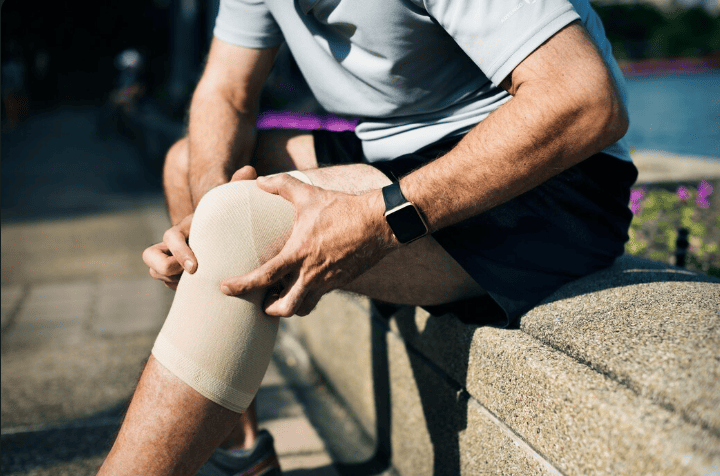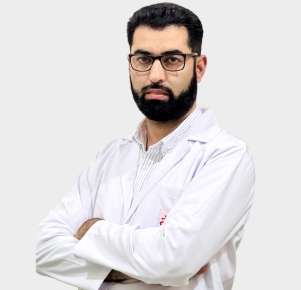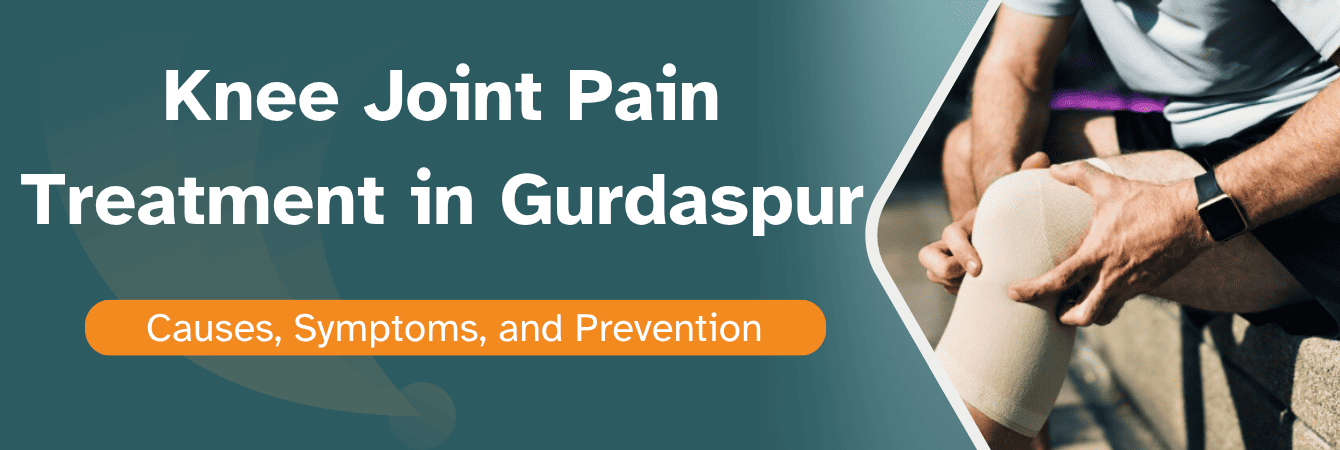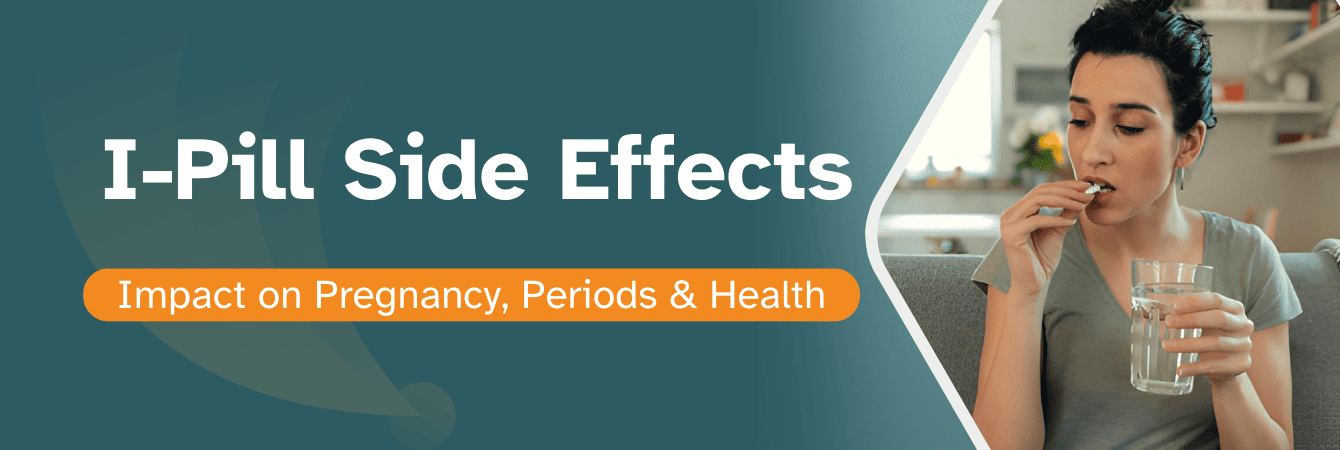Knee Pain Treatment in Gurdaspur: Causes, Symptoms & Best Remedies
- November 4, 2025
- Abrol Hospital
Understanding Knee Pain
Knee pain is one of the most common joint complaints affecting people of all ages. From young athletes to older adults, knee discomfort can limit movement, reduce flexibility, and significantly impact quality of life. When knee pain becomes chronic or severe, it may even require surgical intervention such as knee joint pain or knee replacement to restore normal mobility.
In some people, bone alignment problems such as knock knees (genu valgum) or bow legs can cause uneven pressure on the joint, leading to chronic pain. Before discussing treatments, it’s essential to understand what causes knee pain, its symptoms, and how modern medical care can help you regain an active, pain-free life.
Common Causes of Knee Pain
1. Osteoarthritis (Degenerative Arthritis)
Osteoarthritis is the most common cause of knee pain, especially among people over 50. It occurs when the cartilage — the smooth tissue that cushions the bones inside the joint — wears away gradually.
As the cartilage becomes thin, bones begin to rub against each other, causing pain, stiffness, and swelling. Over time, osteoarthritis can lead to deformity and loss of joint function. Factors like aging, obesity, previous knee injuries, and family history can increase the risk.
2. Rheumatoid Arthritis
Rheumatoid arthritis (RA) is an autoimmune disease where the body’s immune system attacks the joint lining, leading to inflammation and damage. It usually affects both knees symmetrically and can cause pain, swelling, and stiffness, especially morning sickness. If left untreated, RA can permanently damage the knee joint.
3. Knee Injuries
Injuries such as ligament tears (ACL, MCL), meniscus tears, or fractures can cause sudden knee pain. Sports players and individuals who perform heavy physical work are more prone to such injuries. Even after healing, untreated injuries can lead to chronic pain and instability.
4. Overuse and Repetitive Strain
Overuse of the knee joint due to activities like running, climbing, or prolonged standing can irritate the tendons and surrounding tissues. This condition, called tendinitis or bursitis, leads to localized pain and swelling around the knee.
5. Obesity and Aging
Excess body weight increases pressure on the knee joints during walking or climbing stairs. Over time, this additional load accelerates cartilage damage. Aging also naturally reduces joint lubrication and elasticity, making the knee more prone to stiffness and pain.
Symptoms of Knee Pain Problems
Recognizing the symptoms early can help prevent worsening of knee joint issues. Common symptoms include:
Pain or discomfort in the front, sides, or back of the knee
Swelling or fluid buildup around the knee joint
Stiffness and limited range of motion
Clicking, grinding, or popping sounds when bending or straightening the leg
Weakness or instability, making it difficult to walk or climb stairs
Persistent pain even during rest or at night
If these symptoms persist for more than a few weeks, it’s advisable to consult an orthopedic specialist for evaluation.
Treatment Options for Knee Pain
1. Lifestyle Modifications
Making small but consistent changes can reduce pain and slow down joint degeneration:
Weight Management: Maintaining a healthy weight reduces stress on the knees.
Exercise: Gentle, low-impact exercises like swimming, cycling, or yoga strengthen muscles around the knee and improve flexibility.
Avoid Overexertion: Rest when pain increases and avoid heavy lifting or prolonged standing.
Proper Footwear: Use supportive shoes to maintain correct posture and reduce knee strain.
Balanced Diet: Include calcium, vitamin D, and anti-inflammatory foods like turmeric and fish oil for joint health.
2. Medications
Doctors may prescribe medications to control pain and inflammation:
Pain Relievers (NSAIDs): Such as ibuprofen or naproxen to reduce inflammation.
Corticosteroids: To control swelling and pain in severe cases.
Hyaluronic Acid Supplements: Help lubricate the joint and improve movement.
Disease-Modifying Drugs: For autoimmune conditions like rheumatoid arthritis.
Medication provides temporary relief but must be combined with physiotherapy and lifestyle management for lasting improvement.
3. Physiotherapy and Rehabilitation
Physiotherapy is one of the most effective non-surgical treatments for knee pain.
A physiotherapist designs exercises to strengthen the muscles surrounding the knee, enhance balance, and improve flexibility. Techniques like ultrasound therapy, heat therapy, and electrical stimulation may also be used to relieve pain.
Regular physiotherapy sessions can delay the need for surgery and improve the success rate of post-surgical recovery.
4. Injections and Minimally Invasive Procedures
For patients who don’t respond to medications or physiotherapy:
Corticosteroid Injections: Provide immediate but temporary relief from inflammation.
Viscosupplementation (Hyaluronic Acid Injections): Acts as a lubricant to ease movement in arthritic knees.
Platelet-Rich Plasma (PRP) Therapy: Uses a patient’s own blood to promote natural healing of damaged tissues.
5. Knee Replacement Surgery
When knee pain becomes severe and other treatments no longer work, knee replacement surgery (also called knee arthroplasty) becomes the best option.
What is Knee Replacement Surgery?
Knee replacement involves removing the damaged bone and cartilage from the knee joint and replacing them with artificial components made of metal and high-grade plastic. The new joint mimics natural movement, reduces pain, and improves mobility.
Types of Knee Replacement
Total Knee Replacement (TKR): The entire joint surface is replaced with prosthetic components.
Partial Knee Replacement (PKR): Only the damaged part of the knee is replaced, preserving healthy bone and tissue.
Benefits of Knee Replacement
Long-term relief from pain
Improved walking ability and flexibility
Correction of deformities and leg alignment
Return to normal daily activities
Better quality of life
Recovery After Surgery
Recovery depends on the patient’s overall health and post-surgery rehabilitation. Most patients can walk with support within a few days. Physiotherapy plays a crucial role in strengthening muscles and ensuring smooth joint movement. Full recovery usually takes 6–12 weeks.
Knee Join Pain Treatment at Abrol Hospital, Gurdaspur
Our Expertise
Our orthopedic department is led by experienced knee replacement surgeons who have performed numerous successful procedures. Using state-of-the-art technology, we offer both total and partial knee replacement surgeries customized to each patient’s needs.
Our Facilities Include:
Digital X-ray, MRI, and diagnostic imaging
Modular operation theatres with infection control systems
Advanced physiotherapy and rehabilitation center
Pain management and post-surgical recovery programs
Why Choose Us
Skilled orthopedic specialists and surgical team
Personalized pre- and post-operative care
Latest implant technology ensuring long-lasting results
Affordable treatment packages for all patients
Take the First Step Toward a Pain-Free Life!
If knee pain is limiting your movement or comfort, don’t wait until it becomes worse. Book a consultation with our experienced orthopedic specialist in Gurdaspur today. Our expert team will assess your condition and suggest the best possible treatment — from advanced therapies to knee replacement surgery if needed.
📞 Book your appointment today to consult our knee replacement expert in Gurdaspur today!


Dr. Tanveer Ali
Specialties : Consultant Orthopaedics
FAQs About Morning Sickness during Pregnancy
The most common causes of knee pain include osteoarthritis, rheumatoid arthritis, ligament injuries (like ACL tears), meniscus tears, overuse, and obesity.
Treatment depends on the cause and severity of your pain. Common options include medications, physiotherapy, lifestyle changes, injections, and, in advanced cases, knee replacement surgery. At Abrol Hospital, Gurdaspur, our orthopedic experts provide a personalized treatment plan for lasting relief.
Yes, in many cases, knee pain can be managed without surgery. Treatments such as weight management, exercise therapy, physiotherapy, anti-inflammatory medications, and PRP or hyaluronic acid injections often provide excellent results.
Knee replacement surgery (or knee arthroplasty) involves removing damaged cartilage and bone from the knee joint and replacing them with artificial components.




